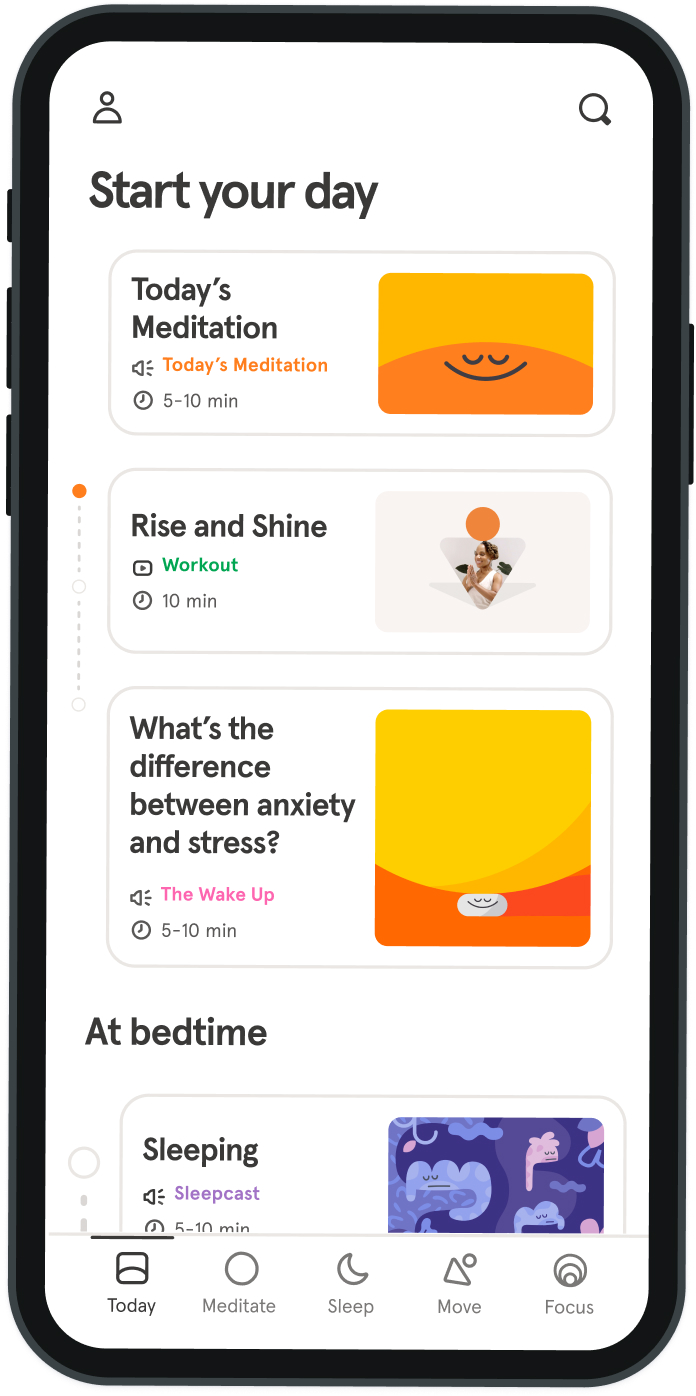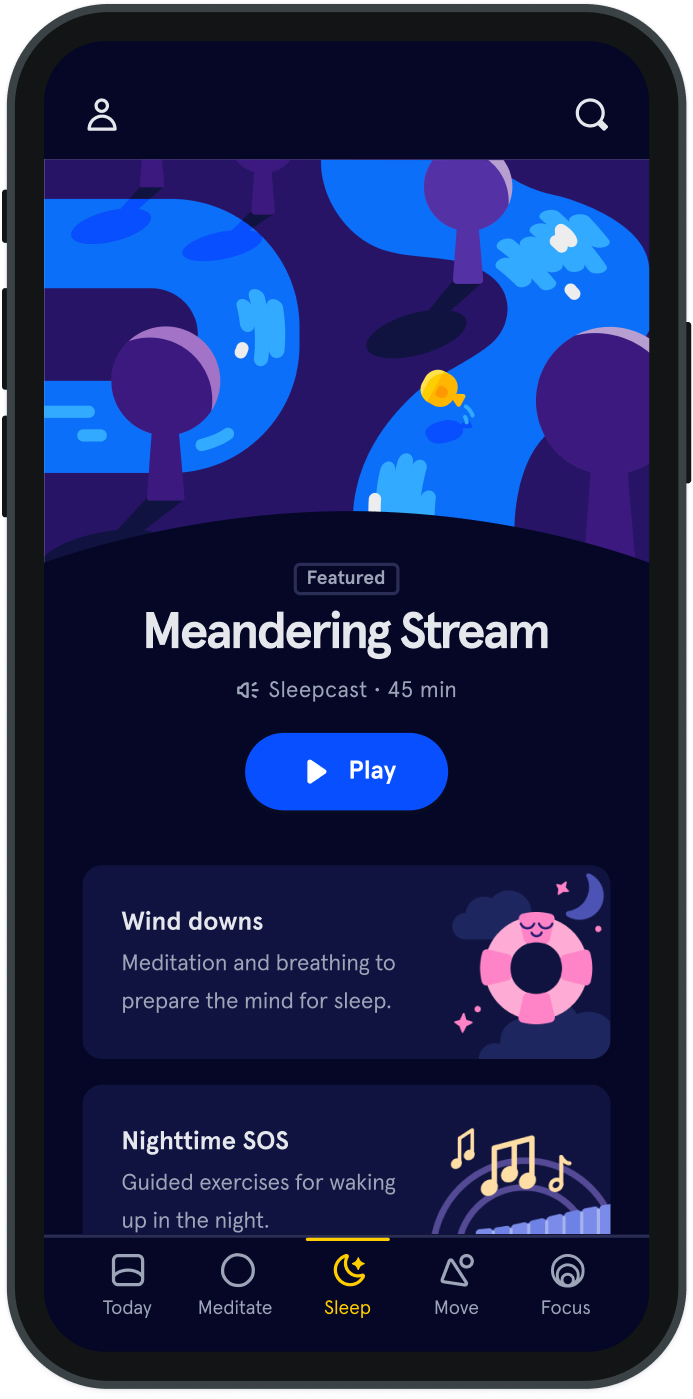A parent’s guide to working from home
As I pore through news releases from the Bureau of Labor Statistics, my 2-year-old daughter fiddles with her 2-in-1 Shop and Cook Playset, which sings the same song about utensils over and over again. And as I try to put words to the page, my daughter sits behind me, reading her Yummy Yucky board book out loud, mistakenly declaring things like boogers and crayons to be “yummy.”
When she finishes with that book, she brings another book, “Quiet Loud”, over to me, thrusts it into my lap, and begs me to read to her. I pull her up onto my lap. "Thinking is quiet," I read, wishing life were quiet enough for thinking. Eventually, I return to writing this piece about surviving life as a work-at-home parent; though it's hard to ignore that (sometimes) I am barely surviving myself. Nine years ago, I became a full-time, work-at-home freelancer. And from the beginning, I dreamed of the day when I would be a mother, effortlessly able to juggle both career and child from the comfort of my home. Nine years later, things aren't as easy as I had imagined, even with both my husband and I working from home. Trying to excel in my career while simultaneously raising my daughter sometimes makes me feel as if I am failing at both. And I know I'm not alone. According to the most recent American Time Use Survey, the share of workers doing some or all of their work at home grew from 19 percent in 2003 to 24 percent in 2015. And additional data from the Bureau of Labor Statistics shows that the work-at-home rate is slightly higher for parents than it is for those without children. The Pew Research Center's report on modern parenthood shows that mothers, in particular, may be especially drawn to this type of work arrangement, as they tend to value a flexible schedule over other work benefits. Meanwhile, about half of all working parents with children under the age of 18 find it difficult to balance the responsibilities of their job and their family.
And, they have trouble letting other people take the child care reins. "I struggle with focus and work/life balance," says my husband, echoing my own agonized thoughts. "I tend to not know where my work day begins and ends. Also, I struggle to give my daughter the attention she needs and deserves while I work, and still get the work done that needs to get done." These are common issues. According to research on work-family boundaries and blurring, the less solid the boundaries between work and life, the more work-family conflict exists. The key to handling this conflict appears to lie with "transition rituals"—the ways in which one moves back and forth between their various roles. So how do I manage to keep my head above water?
-
I allow a gentle slide between family time and work time.
In the morning, I take care of the more mindless work tasks (checking email and social media) as I feed my daughter breakfast and enjoy a cup of coffee. And at the end of the work day, I turn on some music and dance around the kitchen with my daughter as I prepare dinner.
-
I swallow my pride and ask for help.
We don't pay for childcare, and our daughter is not yet in preschool. Luckily, we have family nearby and they'll occasionally take her off our hands for a few hours if we're drowning in deadlines.
-
I leverage technology so that I can keep everything straight.
I do this with a combination of Google Calendar email alerts, my Chrome Momentum app, and various spreadsheets.
-
I do what hip researchers call "invoking triage."
All this means is that I organize my to-do list and my calendar alerts based upon priority.
-
I build in periods of respite from both work and home responsibilities.
For me, this means heading to the yoga studio three times a week and meeting up with a local writer's group once a week.
-
I set expectations among friends and family members.
I let the people in my life know that I don't take calls during work hours. And then, if they call me anyway, I give them an earful.
-
I create boundaries.
While I'm terrible about creating physical boundaries between work and family (my home office looks more and more like a toddler play area every day), I do try to create what I call "no phone zones" during family time.
-
I allow permeability between work and family time.
To do this, I look at my workday as a series of tasks rather than as a huge, eight-hour block of time. Taking breaks between completed tasks in order to spend quality time with my daughter is allowed. And when all else fails?
-
"Honey? Do you want a nap?"
So why do it? A brief, very informal survey of the other work-at-homers in my life reveals that many crave that contact with their children that they wouldn't get if they had to commute to an office, and they love the flexibility they have to be a part of their children's daily lives. Still, many of them struggle in one way or another. They feel guilt over the fact that they can't give their children 100 percent of their attention. They struggle to keep pace with their workload. And, they have trouble letting other people take the child care reins. "I struggle with focus and work/life balance," says my husband, echoing my own agonized thoughts. "I tend to not know where my work day begins and ends. Also, I struggle to give my daughter the attention she needs and deserves while I work, and still get the work done that needs to get done." These are common issues. According to research on work-family boundaries and blurring, the less solid the boundaries between work and life, the more work-family conflict exists. The key to handling this conflict appears to lie with "transition rituals"—the ways in which one moves back and forth between their various roles. So how do I manage to keep my head above water?
1. I allow a gentle slide between family time and work time.
In the morning, I take care of the more mindless work tasks (checking email and social media) as I feed my daughter breakfast and enjoy a cup of coffee. And at the end of the work day, I turn on some music and dance around the kitchen with my daughter as I prepare dinner.
2. I swallow my pride and ask for help.
We don't pay for childcare, and our daughter is not yet in preschool. Luckily, we have family nearby and they'll occasionally take her off our hands for a few hours if we're drowning in deadlines.
3. I leverage technology so that I can keep everything straight.
I do this with a combination of Google Calendar email alerts, my Chrome Momentum app, and various spreadsheets.
4. I do what hip researchers call "invoking triage".
All this means is that I organize my to-do list and my calendar alerts based upon priority.
5. I build in periods of respite from both work and home responsibilities.
For me, this means heading to the yoga studio three times a week and meeting up with a local writer's group once a week.
6. I set expectations among friends and family members.
I let the people in my life know that I don't take calls during work hours. And then, if they call me anyway, I give them an earful.
7. I create boundaries.
While I'm terrible about creating physical boundaries between work and family (my home office looks more and more like a toddler play area every day), I do try to create what I call "no phone zones" during family time.
8. I allow permeability between work and family time.
To do this, I look at my workday as a series of tasks rather than as a huge, eight-hour block of time. Taking breaks between completed tasks in order to spend quality time with my daughter is allowed. And when all else fails?
9. "Honey? Do you want a nap?"

Trying to excel in my career while simultaneously raising my daughter sometimes makes me feel as if I am failing at both.
Steph Auteri


Be kind to your mind
- Access the full library of 500+ meditations on everything from stress, to resilience, to compassion
- Put your mind to bed with sleep sounds, music, and wind-down exercises
- Make mindfulness a part of your daily routine with tension-releasing workouts, relaxing yoga, Focus music playlists, and more
Meditation and mindfulness for any mind, any mood, any goal

Stay in the loop
Be the first to get updates on our latest content, special offers, and new features.
By signing up, you’re agreeing to receive marketing emails from Headspace. You can unsubscribe at any time. For more details, check out our Privacy Policy.
- © 2025 Headspace Inc.
- Terms & conditions
- Privacy policy
- Consumer Health Data
- Your privacy choices
- CA Privacy Notice
